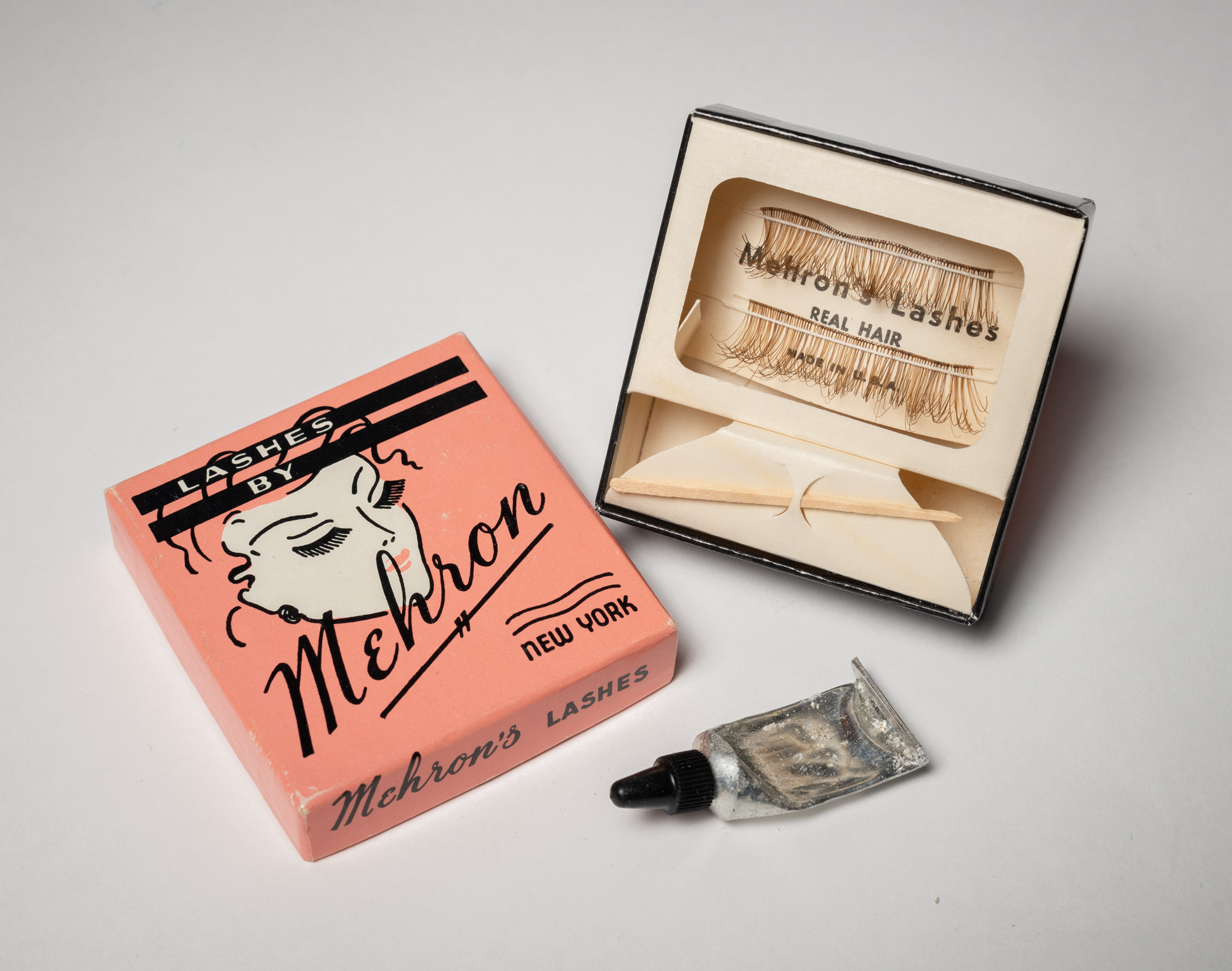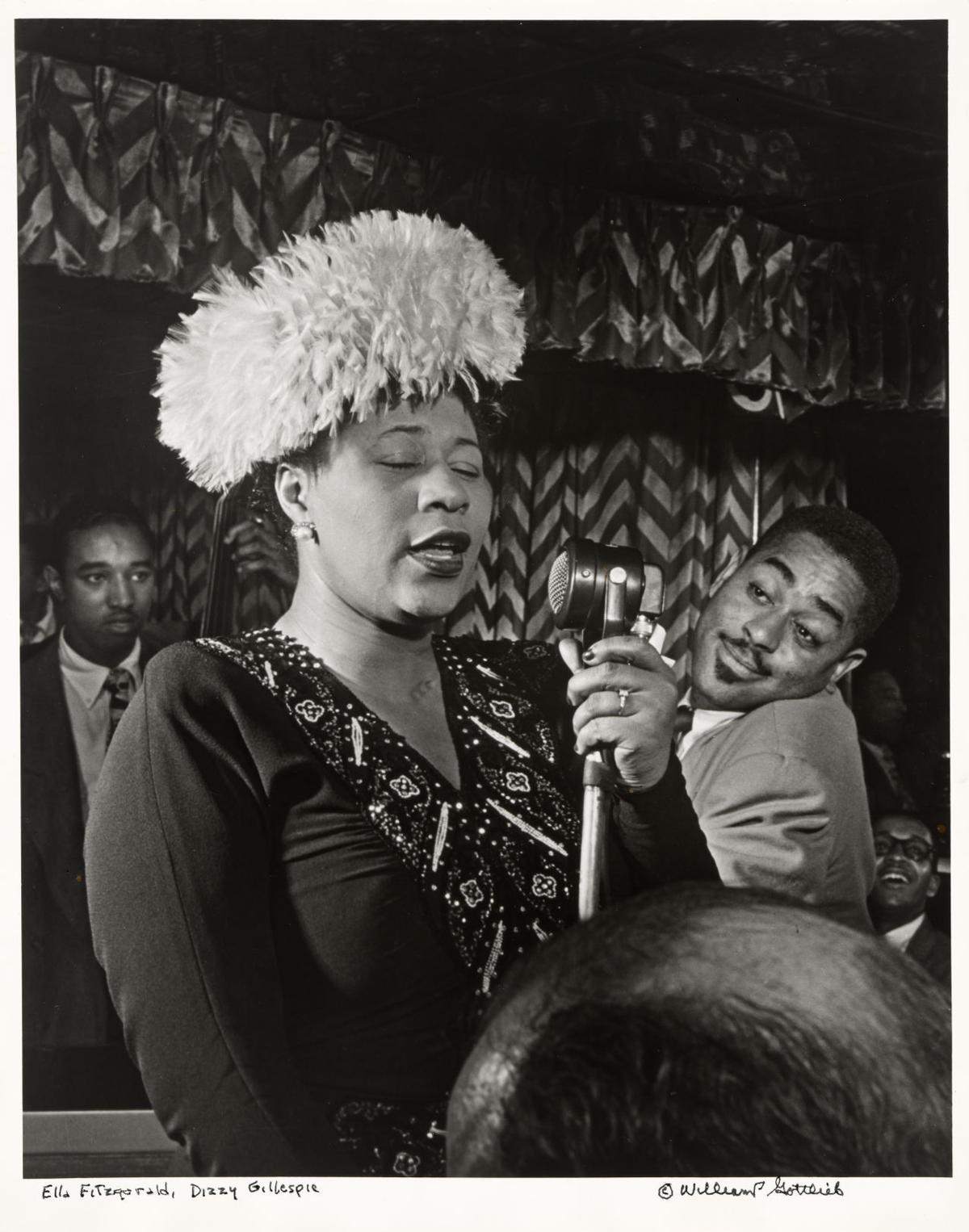Legendary singer and Virginia native Ella Fitzgerald, dubbed “The First Lady of Song,” exhilarated audiences with her extraordinary voice. But she also liked to look good – and here's a close-up of one of her stylish accessories.
For her performances, Fitzgerald regularly glammed up her appearance with well-coiffed hair, a fancy gown – and false eyelashes. This set is one of probably dozens she purchased over the course of her long career. Made by the Mehron company of New York City, which dates to 1927 and still specializes in theater makeup, these “real hair” lashes came in a kit with a tube of adhesive and an applicator stick.
Fitzgerald graced the world’s top music venues with hits such as "A-Tisket, A-Tasket" and "How High the Moon." But that dazzling star bore little resemblance to the teenager who, at 17, first performed in an amateur competition in 1934 at Harlem’s famous Apollo Theater.



